Plotting a function in the wolfram-alpha-website looks like this:

http://www.wolframalpha.com/link
Plotting the same function in R looks like this:
plot( function(x) x^2 - 3*x - 10 )

The default plot from Wolfram is much easier to understand. I think this is because it shows the x-axis (at y=0), and centers the parabola.
I am not good enough at math to just look at the formula of a function and see where I should center the plot, and I am plotting the functions to learn about how different functions create different lines, so I need this centering to be done automatically, because otherwise I might misunderstand a plot.
Is it possible to create the Wolfram-plot automatically i.e. without me telling R where it would be sensible to center the plot?

